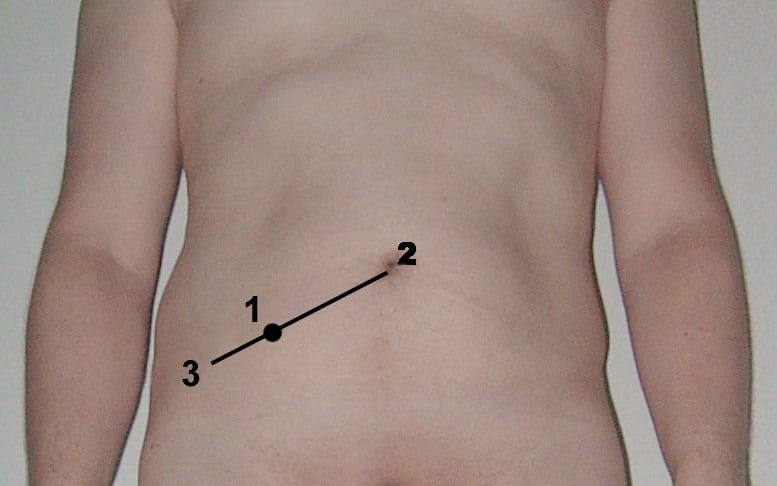What Is an Appendectomy?
An appendectomy refers to the surgical removal of the vermiform appendix. The vermiform appendix (or simple appendix) is a small, tube-shaped, blind-ended pouch attached to the cecum of the large intestine.
Appendectomy is performed as a surgical emergency to treat the inflammation of the appendix, a condition known as appendicitis.
The symptoms of appendicitis include right lower abdominal pain, nausea, vomiting and decreased appetite. If the inflamed appendix is left untreated, it may rupture. Severe complications of a ruptured appendix include widespread, painful inflammation of the inner lining of the abdominal wall and sepsis.
This is a life-threatening condition and urgent medical attention is needed.
Appendectomy Methods
The surgical removal of the appendix may be performed using two methods:
1. Laparoscopic surgery – This approach is also known as minimally invasive surgery as the surgery is performed through small incisions in the body. Laparoscopic appendectomy is often used if the diagnosis is in doubt, non-ruptured appendix or to leave a less visible surgical scar.
This approach is advantageous to the patient as the blood loss is reduced, with less pain and medication; however, it is more expensive and requires more resources and expertise compared to open appendectomy.
2. Open surgery – Open appendectomy involves the opening of the abdominal wall to reach the appendix. It is usually more invasive compared to laparoscopic appendectomy. The procedure for an open appendectomy is as follows:
Administration of antibiotics – This is the first step during an appendectomy. Antibiotics are given to check the actions of bacteria if the appendix has already ruptured. A ruptured appendix usually leads to sepsis, a condition whereby the body attacks its tissues and organs in an attempt to fight off an infection. If the appendix has not ruptured, there is preventive administration of antibiotics immediately before surgery.
Administration of anesthesia – General anesthesia is given to the patient resulting in full muscle relaxation. Endotracheal intubation is put in place to maintain the patient’s airways and to ensure adequate exchange of oxygen and carbon dioxide.
Examination of the abdomen – The patient is placed in a supine position. The abdomen is draped and then adequately examined to check for the presence of mass.
Incision – If a mass is present, the incision is made over the mass. Otherwise, the incision is made over McBurney’s point which is where the base of the appendix is usually located.

McBurney’s point
Opening of the abdominal wall – The various layers of the abdominal wall are opened. To preserve the integrity of the abdominal wall, the external oblique aponeurosis is split along the line of its fibers, as is the internal oblique muscle. As the two run at right angles to each other, this reduces the risk of later incisional hernia.
Ligation of the appendix – On entering the peritoneum, the appendix is identified and then tied around its base. Some surgeons choose to bury the stump of the appendix by inverting it so it points inwards to the cecum.
Closure of the abdominal wall – Each layer of the abdominal is then closed in one after the other.
Closure of the skin – the skin may be closed with staples or stitches.
The wound is dressed.
The patient is brought to the recovery room.
Recovery From Appendectomy
When the appendectomy is over, the patient will be observed for several hours before they are released from the hospital.
Their vital signs, such the breathing and heart rate, will be monitored closely. Hospital staff will also check for any adverse reactions to the anesthesia or the procedure.
The study has shown that the average hospital stay for patients with appendicitis in the United States is about 2 days. For patients with a ruptured appendix, the average stay is about 6 days.
The timing of the patient’s release will depend on:
- their overall physical condition
- the type of appendectomy performed
- patient’s body reaction to the surgery
Recovery time from the operation varies from person to person. Some take up to three weeks before being completely active; for others, it can be a matter of days.


